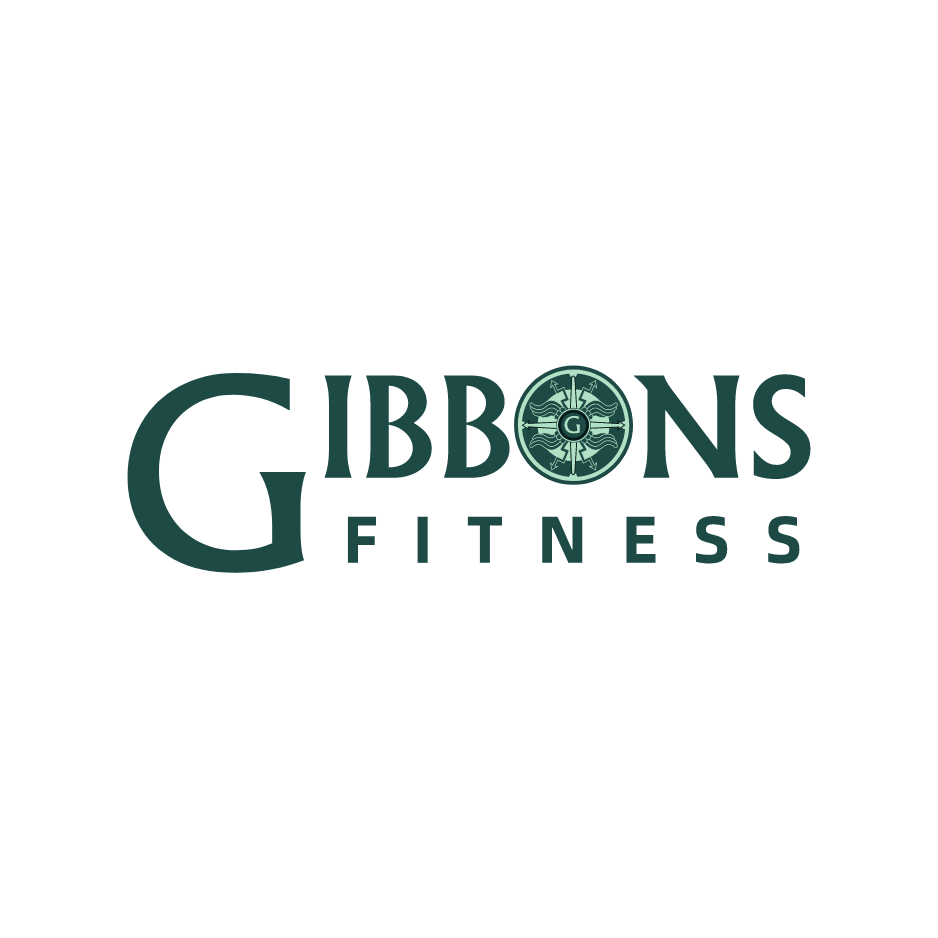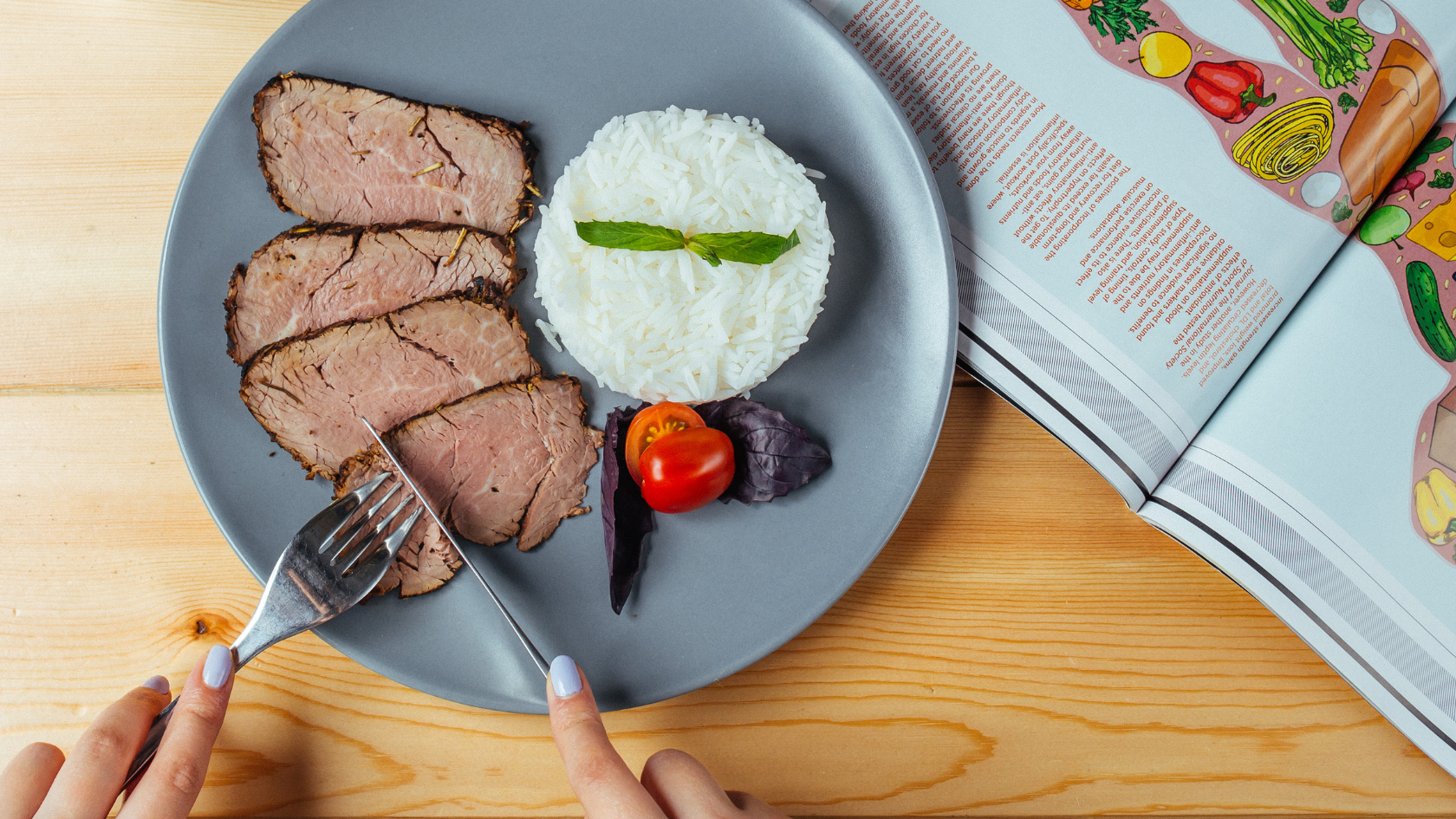Introduction
This guide is designed to empower you with the foundational knowledge of nutrition. By the end, you’ll understand how to:
- Eat to improve body composition.
- Create your own meal plan.
- Fuel your activity and lifestyle effectively.
1. Understanding Nutrition Basics
Macronutrients
- Proteins: Essential for muscle repair and growth. Found in chicken, fish, eggs, tofu, beans, and dairy.
- Calorie content: 4 calories per gram.
- Kilojoule content: 17 kJ per gram.
- Carbohydrates: The body’s main energy source. Found in whole grains, fruits, vegetables, and legumes.
- Calorie content: 4 calories per gram.
- Kilojoule content: 17 kJ per gram.
- Fats: Necessary for hormone production and overall health. Found in nuts, seeds, avocados, and olive oil.
- Calorie content: 9 calories per gram.
- Kilojoule content: 37 kJ per gram.
- Alcohol: Provides energy but lacks nutritional value.
- Calorie content: 7 calories per gram.
- Kilojoule content: 29 kJ per gram.
Micronutrients
- Include vitamins and minerals essential for various bodily functions. Found abundantly in colourful vegetables, fruits, and whole foods.
Calories and Kilojoules
- Calories and kilojoules are units of energy. To convert:
- 1 calorie = 4.184 kilojoules.
Calories and Body Composition
To change body composition, adjust your energy intake:
- Caloric deficit: Eat fewer calories than you burn to lose fat.
- Caloric surplus: Eat more calories than you burn to gain muscle.
2. Setting Goals for Body Composition
Step 1: Determine Your Goals
- Do you want to lose fat, gain muscle, or maintain your current weight?
Step 2: Calculate Your Calorie Needs
- Use a Total Daily Energy Expenditure (TDEE) calculator to estimate your caloric needs.
- Adjust for your goal:
- Fat loss: Reduce by ~500 calories/day.
- Muscle gain: Increase by ~250-500 calories/day.
Step 3: Set Macronutrient Ratios
- For fat loss: Protein 30-40%, Carbs 30-40%, Fats 20-30%.
- For muscle gain: Protein 25-35%, Carbs 40-50%, Fats 20-30%.
3. Building a Balanced Meal Plan
Step 1: Choose Whole Foods
- Prioritise minimally processed foods for optimal nutrients.
Step 2: Plan Your Meals
Divide your daily caloric intake into 3-5 meals.Include:
- A protein source (e.g., chicken, tofu, fish).
- A carbohydrate source (e.g., rice, quinoa, potatoes).
- Healthy fats (e.g., avocado, olive oil).
- Vegetables for fiber and micronutrients.
Step 3: Prep in Advance
- Batch cook proteins, grains, and vegetables to save time.
Reading a Nutrition Label
- Serving Size: Always check the serving size and compare it to how much you eat.
- Calories and Kilojoules: Shows the energy per serving and sometimes per 100g/mL.
- Macronutrients: Look at the breakdown of protein, carbs, and fats.
- Sugar and Fibre: Note the amount of added sugar versus dietary fibre.
- Sodium: Keep sodium intake moderate to avoid health issues.
- Ingredients List: Ingredients are listed in descending order by weight. Prioritise products with whole, recognisable ingredients.
4. Fuelling Your Activity
Pre-Workout Nutrition
- Focus on carbs for energy and a moderate amount of protein.
- Example: A banana with peanut butter and a protein shake.
Post-Workout Nutrition
- Prioritise protein and carbs to aid recovery and replenish glycogen stores.
- Example: Grilled chicken with sweet potato and steamed broccoli.
5. Tracking and Adjusting
Track Your Progress
- Monitor weight, measurements, and energy levels weekly.
Adjust as Needed
- If not seeing results after 2-4 weeks, adjust calories or activity levels slightly.
6. Banking and Balancing Calories
Why Bank Calories?
- Life happens, and events like parties, dinners, or celebrations may lead to higher calorie consumption. Banking calories allows you to enjoy these occasions without hindering your progress.
How to Bank Calories:
- Plan Ahead: Identify the event and estimate the extra calories you might consume.
- Save Calories During the Week: Reduce your daily intake slightly (e.g., by 100-200 calories) in the days leading up to the event.
- Example: If you reduce by 200 calories/day for 5 days, you have an extra 1,000 calories to enjoy.
- Balance After the Event: If the event exceeded your estimate, adjust the following few days to rebalance by reducing slightly.
Tips for Balancing:
- Focus on protein and vegetables during the week to stay full on fewer calories.
- Avoid drastic calorie cuts to prevent overeating later.
- Stay hydrated and mindful of portion sizes at the event.
7. Staying Consistent
- Aim for an 80/20 approach: 80% nutrient-dense foods, 20% flexibility for treats.
- Focus on sustainability and gradual changes rather than perfection.
Conclusion
By understanding the basics of nutrition and tailoring them to your goals, you can take control of your health and body composition. Stay patient, consistent, and adaptable as you build these lifelong habits.

